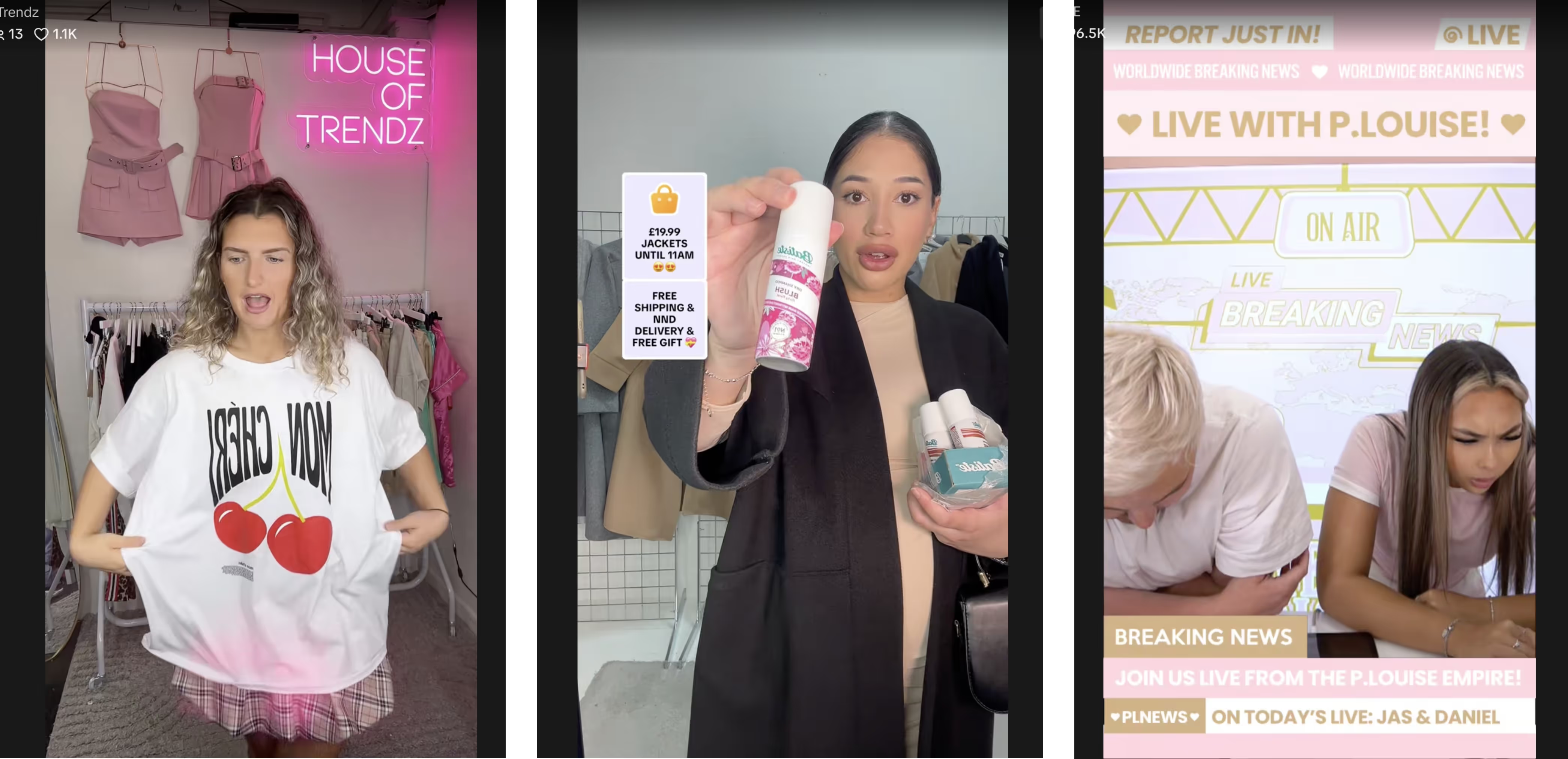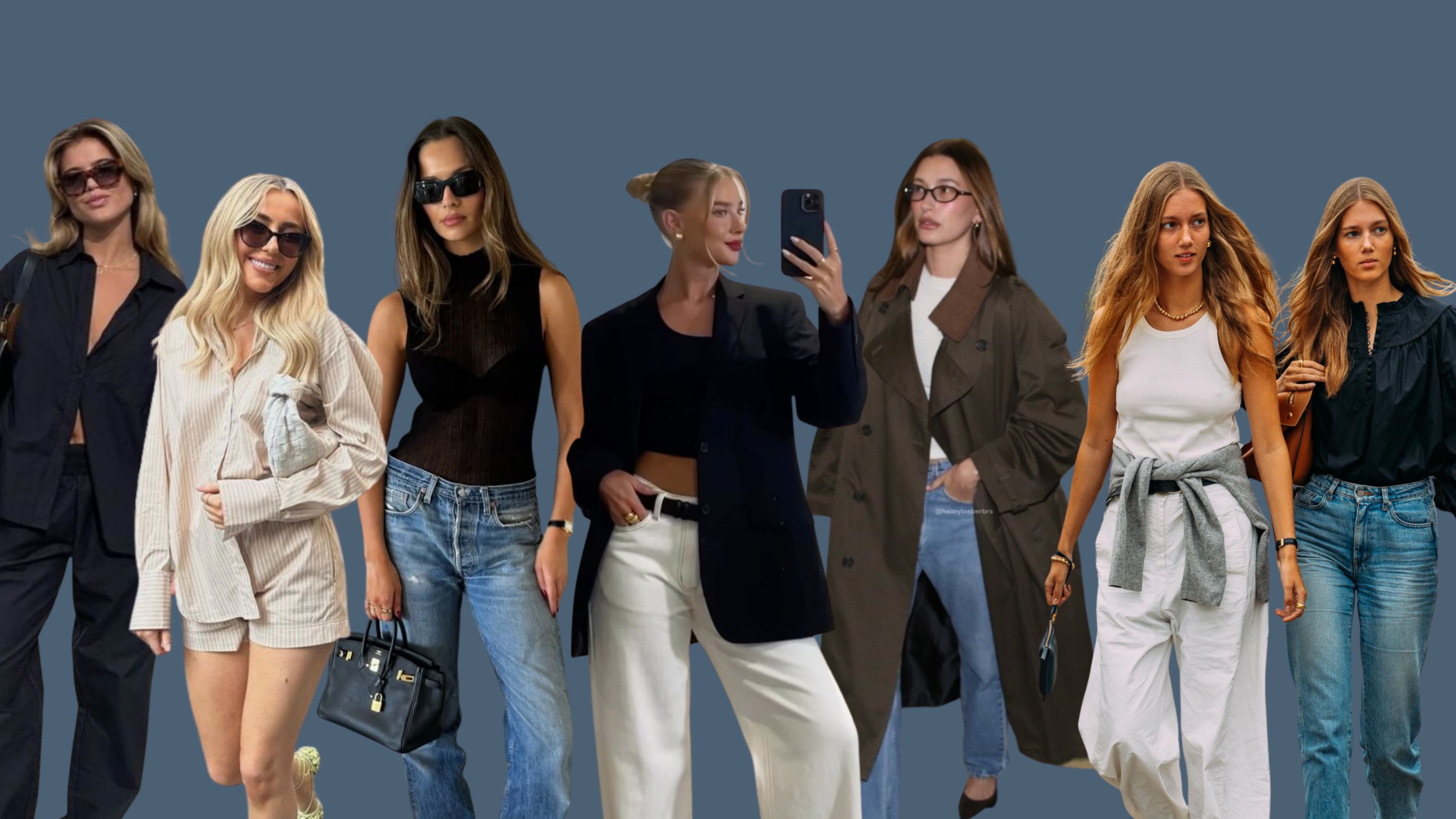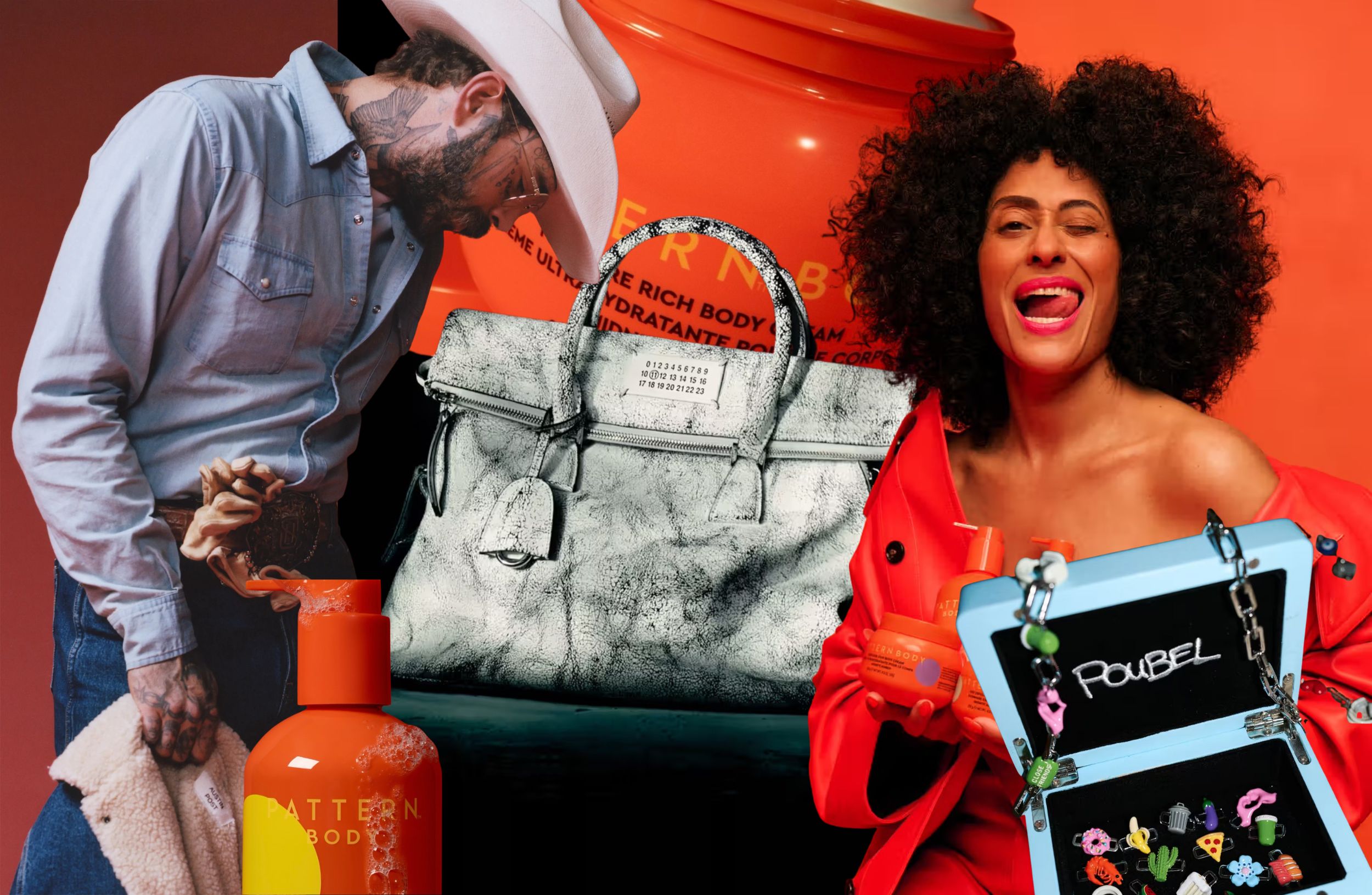Very Mindful, Very Demure
Contrary to the bold, brash energy that has often dominated TikTok, there’s a new mood on the rise: very mindful, very demure. This trend, born from the musings of content creator Jools Lebron, offers a serene counterpoint to the "main character energy" that previously swept across social media. Since its inception, the hashtag #demure has amassed over 220,000 videos, each one a testament to the growing appeal of simplicity and restraint.
Lebron’s first video, a masterclass in self-aware humour, has struck a chord with viewers, racking up over 3.1 million views and boasting an engagement rate that dwarfs industry norms. Her follower count has skyrocketed to over 18 million, a testament to the power of authenticity in a world that often feels dominated by artifice. Brands have been quick to jump on the demure bandwagon, with high-profile companies like Verizon, Lyft, and Netflix partnering with Lebron to tap into her highly engaged audience.
The appeal of this trend lies in its irony and its sincerity. In a digital landscape often saturated with “main character energy” and performative self-promotion, the very mindful, very demure movement offers a welcome respite. It’s a reminder that sometimes, the quietest voices have the most to say. As Zarina Lam Stanford, CMO of UGC tech platform Bazaarvoice, notes, “The first 'demure' video was not even a month old, and it's already a global sensation utilised in brand campaigns, messaging, and advertising.” This trend is more than a mere social media moment; it’s a cultural shift that reflects our collective longing for a slower, more intentional way of living.
Cucumber Guy
Even if you’re not perpetually online, you might have encountered the viral "cucumber salad" videos that have been making the rounds. Enter Logan Moffitt, better known as the Cucumber Guy, whose inventive takes on cucumber recipes have captivated millions. With some videos nearing 30 million views, his content has sparked a global obsession with this humble vegetable, leading to an unprecedented surge in demand—so much so that Icelandic supermarkets have reported shortages. Moffitt’s signature recipes, often featuring grated cucumber mixed with sesame oil, garlic, rice vinegar, and chilli oil, have proven to be such a hit that farmers in Iceland are struggling to keep up with the demand. While the phenomenon has its roots in Canada, where Moffitt began sharing his creations, its reach has extended far beyond, highlighting the powerful influence of TikTok on global consumer behaviour. Despite the buzz, local experts are keen to play down Moffitt’s role in the shortages, noting that cucumber supply issues are not uncommon this time of year.
Tan Line Makeup
One of the summer’s most playful beauty trends, tan line makeup, has taken TikTok by storm. A quick scroll reveals influencers turning to pinky-red beauty products to create the illusion of tan lines—yes, those very same lines we usually try to avoid. The technique involves using tape or jewellery as stencils to mimic the sharp contrast between bronzed skin and untouched areas, creating a faux sun-kissed look. Isa, the creator credited with sparking the trend, has garnered over 1.4 million views for her video demonstrating this cheeky aesthetic. The secret to achieving this look? Cream blushes in coral and burnt red shades, carefully applied to evoke that just-back-from-the-beach glow. It’s a natural extension of the sunburn blush trend, a rosy, wind-swept flush that’s been endorsed by celebrities like Hailey Bieber and Sabrina Carpenter. It’s makeup that celebrates the carefree essence of summer, even when the weather turns grey.
Y3K
As we hurtle towards an increasingly digital future, it’s no surprise that the fashion world is looking ahead as well. Enter Y3K, a futuristic aesthetic that’s taking TikTok by storm. Inspired by the sci-fi and video game-infused styles of East Asian influencers and K-pop stars like Blackpink’s Lisa, the Y3K trend is all about embracing the unknown—and looking fabulous while doing it.
This isn’t your typical fashion trend. Y3K is characterised by metallic fabrics, structured silhouettes, and experimental materials like neoprene and vinyl. Think wraparound sunglasses, acid-wash dresses, and utilitarian pants paired with holographic jewellery and AI-enhanced accessories. It’s a look that’s equal parts futuristic and nostalgic, blending elements of early 2000s fashion with the sleek, high-tech vibes of a distant future.
“We have seen AI blow up in the past few years, and as the world becomes increasingly digital and looks towards the future, it’s no surprise that fashion is drawing inspiration from these technological shifts,” says Agus Panzoni, TikTok creator and trends spokesperson for Depop. According to Panzoni, searches for “Y3K” on Depop have increased by 250% since the beginning of the year, while on Pinterest (U.K.), the same search term has more than doubled since May.
Teleshopping
Remember the days of watching QVC with your parents? Well, teleshopping is back, but this time, it’s live on TikTok. The platform’s latest twist on e-commerce has influencers and brands using live streams to sell products in real-time, creating an interactive shopping experience that’s both personal and profitable.
It’s a trend that taps into a deep-seated human desire for connection and immediacy. In a digital age where interactions are often fleeting and impersonal, teleshopping’s real-time engagement creates a sense of community and shared experience. For brands, it’s a lucrative opportunity to reach consumers in a more intimate and direct way, with some businesses making millions through these live events.

One of the most successful examples of this trend is the beauty brand Made By Mitchell, which has fully embraced TikTok’s live shopping feature. During one particularly successful 12-hour stream, the brand sold one product every second, amassing over 600,000 viewers and making a cool $1 million in the process. It’s a far cry from the days of dialling in to buy a discounted kettle, but the essence of teleshopping remains the same: it’s about making the customer feel like they’re part of something special, something personal.
Dopamine Menu
As the endless summer days give way to cooler months, TikTokers are embracing a new, wholesome trend—the dopamine menu. This trend encourages users to create a personalised list of activities that bring them joy, from baking to exercise, as a way to combat the digital fatigue of doomscrolling. The concept was popularised by creator Payton Sartain, whose video explaining how to craft your own dopamine menu has inspired many to focus on the small things that spark happiness. It’s a trend that’s easy to adopt, offering a simple yet effective way to inject some positivity into your daily routine.
Underconsumption Core
In a world of overconsumption, TikTok’s latest trend is all about doing less with more. Underconsumption core is a movement that encourages frugality and mindful consumption, challenging the endless haul videos and shoppable content that have become synonymous with the platform. With over 46.1 million views, this trend is a pushback against consumer culture, focusing on the cost-per-wear of clothing, repurposing items, and living more sustainably. It’s a shift that aligns with broader concerns about the environment and the impact of fast fashion, resonating particularly with Gen Z, who are increasingly critical of overconsumption. Influencers are leading the charge, promoting a more intentional approach to fashion and lifestyle choices that prioritise quality over quantity.






.svg)


.svg)
.svg)






